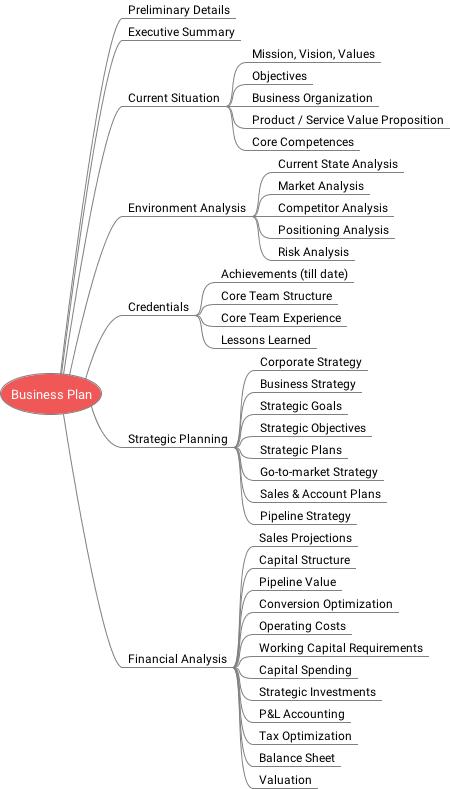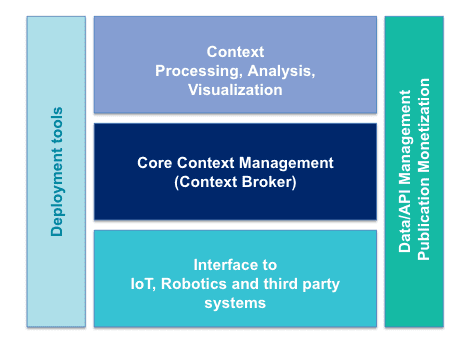
The sales pipeline is the pathway that leads a customer from learning about your company to closing the sale. A clear understanding of your sales funnel is vital to help you plan how to improve it. A sales funnel can help you predict how much revenue will be generated in the next quarter. It also shows you how many new leads are generated.
Create distribution lists
These are the steps to follow to create distribution lists using Outlook for Sales. First, create a brand new contact group. You will then need to add email addresses into that contact group. This process works in the same way as when you add a contact list to another email program. Go to People and Groups and then click on the Add New button. After you've selected the group, enter a name and description. You can also decide if the list will be made public or private.
Once you have created your contact groups, you can create your distribution list. You can make a closed list of your contacts so that only those people will receive your email messages are included. You can also add people to your address list to your group.

Create dashboards
Before you create sales dashboards, think about who it will be used for. CEOs, for instance, may not want to see the details of individual salespeople. Instead they would like a broad view of their entire sales organization. For sales managers to be able to see the performance of their team, they will need small-scale information. This will allow you to design your sales dashboard so that it is as user-friendly as possible.
There are several different ways to create a sales dashboard. First, you can look through the various premade dashboards available. You can also choose to create a blank dashboard. This will allow to you to name the dashboard, and who can view it. You can then choose the reports you want to include.
Outlook CRM Customization
Outlook is an email client used by millions, including salespeople. Many companies attempt to integrate Outlook CRM in their email software. There are many ways to achieve this. Alternatively, you can use a cloud CRM, like Bitrix24. This cloud CRM is the most popular and is used worldwide by more than 10 million businesses.
For instance, you can use the Tasks feature to create templates for common tasks and events. These templates can be colored to remind you of meetings, tasks, or events. You can also create reminders that are specific to certain groups of people (e.g. prospective clients, product lines, or verticals). This will help you stay organized and reduce the time it takes to complete different tasks.

Outlook Outlook contacts view with context information
Microsoft Outlook allows you to view CRM contacts with contextual data. Click the Xbar icon, and you'll see an embedded toolbar with key information about contacts and accounts. You can drag and drop existing information into the toolbar, or create new ones from scratch. You can then view related information and pending items.
Outlook lets you view CRM contacts as well as contextual information, right from your Outlook email inbox. Outlook can be integrated to CRM so that you can send and get emails between them. Outlook plugin lets users save email activity in CRM. Additionally, it allows you to use HubSpot’s email templates to email CRM contacts.
Dynamics 365 allows you to pull email templates from the system and create sales collateral
Microsoft Dynamics 365 and Outlook for sales go hand in hand and provide an intuitive integration experience that allows users to leverage each other's strengths. Together, they provide a comprehensive set of capabilities, including CRM syncing and linking email messages to CRM records. Dynamics 365 users also have the ability to view CRM contact context from Outlook. This allows them access to sales collateral, and templates for email that are relevant to the CRM record.
FAQ
How to Choose an Investment Advisor
The process of selecting an investment advisor is the same as choosing a financial planner. Two main considerations to consider are experience and fees.
This refers to the experience of the advisor over the years.
Fees represent the cost of the service. You should weigh these costs against the potential benefits.
It is crucial to find an advisor that understands your needs and can offer you a plan that works for you.
What is retirement planning?
Planning for retirement is an important aspect of financial planning. It helps you plan for the future, and allows you to enjoy retirement comfortably.
Retirement planning involves looking at different options available to you, such as saving money for retirement, investing in stocks and bonds, using life insurance, and taking advantage of tax-advantaged accounts.
Do I need a retirement plan?
No. All of these services are free. We offer FREE consultations so we can show you what's possible, and then you can decide if you'd like to pursue our services.
Statistics
- Newer, fully-automated Roboadvisor platforms intended as wealth management tools for ordinary individuals often charge far less than 1% per year of AUM and come with low minimum account balances to get started. (investopedia.com)
- US resident who opens a new IBKR Pro individual or joint account receives a 0.25% rate reduction on margin loans. (nerdwallet.com)
- As of 2020, it is estimated that the wealth management industry had an AUM of upwards of $112 trillion globally. (investopedia.com)
- If you are working with a private firm owned by an advisor, any advisory fees (generally around 1%) would go to the advisor. (nerdwallet.com)
External Links
How To
How to invest your savings to make money
Investing your savings into different types of investments such as stock market, mutual funds, bonds, real estate, commodities, gold, and other assets gives you an opportunity to generate returns on your capital. This is what we call investing. It is important to realize that investing does no guarantee a profit. But it does increase the chance of making profits. There are various ways to invest your savings. One of these options is buying stocks, Mutual Funds, Gold, Commodities, Real Estate, Bonds, Stocks, ETFs, Gold, Commodities, Real Estate, Bonds, Stocks, Real Estate, Bonds, and ETFs. We will discuss these methods below.
Stock Market
Because you can buy shares of companies that offer products or services similar to your own, the stock market is a popular way to invest your savings. Additionally, stocks offer diversification and protection against financial loss. If oil prices drop dramatically, for example, you can either sell your shares or buy shares in another company.
Mutual Fund
A mutual fund refers to a group of individuals or institutions that invest in securities. They are professionally managed pools of equity, debt, or hybrid securities. The mutual fund's investment objective is usually decided by its board.
Gold
The long-term value of gold has been demonstrated to be stable and it is often considered an economic safety net during times of uncertainty. It is also used as a form of currency in some countries. The increased demand for gold from investors who want to protect themselves from inflation has caused the prices of gold to rise significantly over recent years. The supply and demand fundamentals determine the price of gold.
Real Estate
Real estate can be defined as land or buildings. When you buy realty, you become the owner of all rights associated with it. To generate additional income, you may rent out a part of your house. You can use your home as collateral for loan applications. The home could even be used to receive tax benefits. However, you must consider the following factors before purchasing any type of real estate: location, size, condition, age, etc.
Commodity
Commodities include raw materials like grains, metals, and agricultural commodities. These items are more valuable than ever so commodity-related investments are a good idea. Investors looking to capitalize on this trend need the ability to analyze charts and graphs to identify trends and determine which entry point is best for their portfolios.
Bonds
BONDS ARE LOANS between governments and corporations. A bond can be described as a loan where one or both of the parties agrees to repay the principal at a particular date in return for interest payments. The interest rate drops and bond prices go up, while vice versa. Investors buy bonds to earn interest and then wait for the borrower repay the principal.
Stocks
STOCKS INVOLVE SHARES of ownership in a corporation. Shares are a fraction of ownership in a company. Shareholders are those who own 100 shares of XYZ Corp. You also receive dividends when the company earns profits. Dividends can be described as cash distributions that are paid to shareholders.
ETFs
An Exchange Traded Fund (ETF), is a security which tracks an index of stocks or bonds, currencies, commodities or other asset classes. ETFs trade in the same way as stocks on public exchanges as traditional mutual funds. For example, the iShares Core S&P 500 ETF (NYSEARCA: SPY) is designed to track the performance of the Standard & Poor's 500 Index. If you purchased shares of SPY, then your portfolio would reflect the S&P 500's performance.
Venture Capital
Venture capital is private funding that venture capitalists provide to entrepreneurs in order to help them start new companies. Venture capitalists provide financing to startups with little or no revenue and a high risk of failure. Venture capitalists usually invest in early-stage companies such as those just beginning to get off the ground.